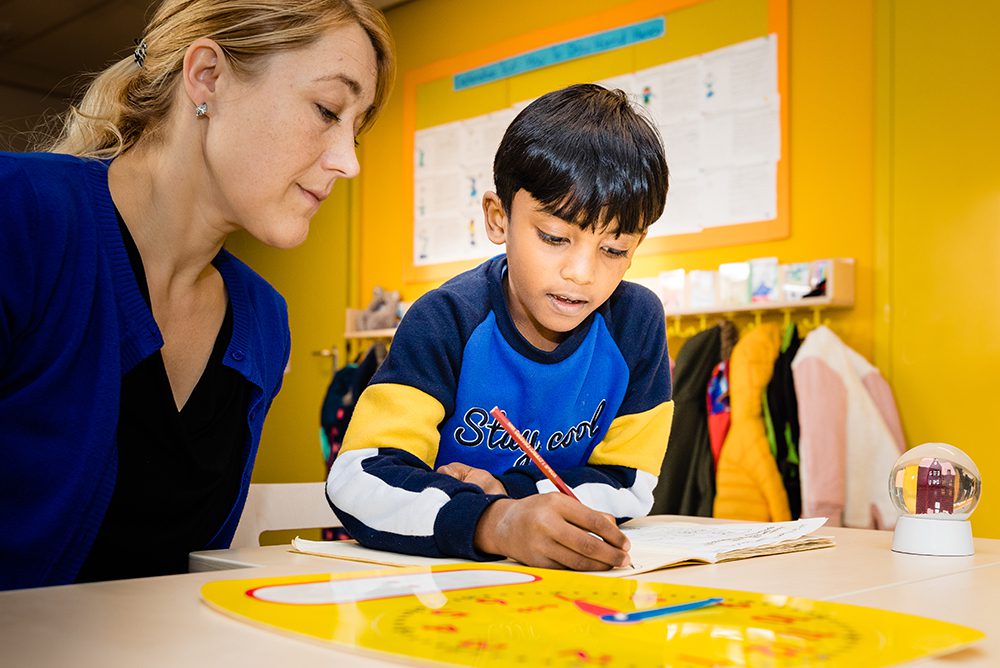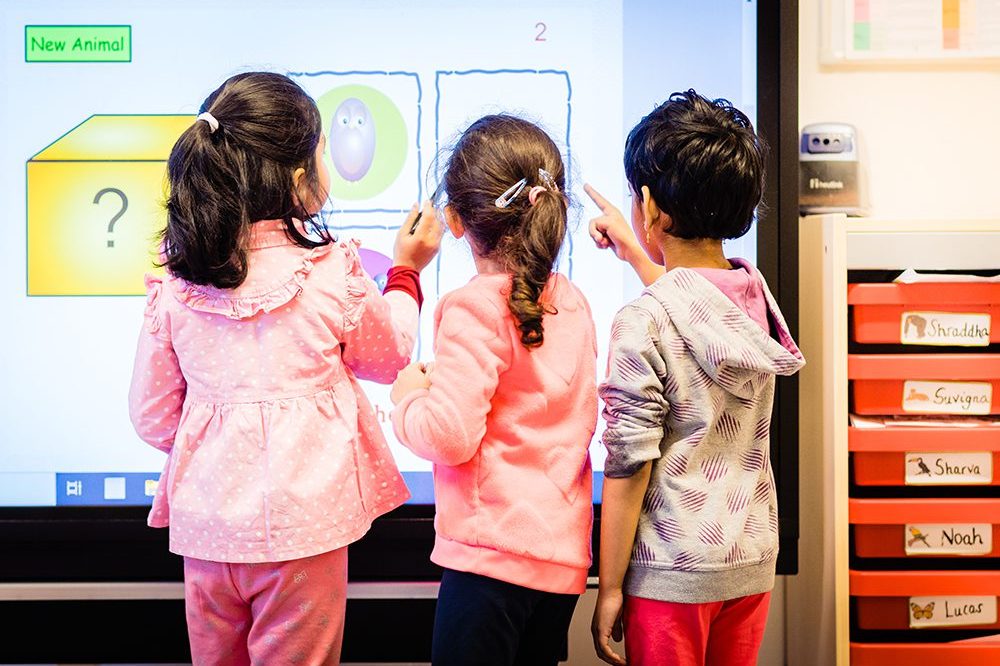
How to grade without grading?
More schools are moving away from the traditional grading system and instead focusing on the overall learning journey of the child. A journey where the child is empowered to take ownership of their learning. But how does this work and how do we grade and navigate through this?
By Colleen Cropp, Learning Leader and Manon Blaxland, Communications ManagerLet’s first touch on what the language of learning is.
Language of learning
Learning, as defined by the Oxford dictionary, is to gain knowledge or skill by studying, from experience or from being taught. Learning can also be categorised, as described in the Looking for Learning Toolkit developed by Fieldwork Education*, as;
- New Learning; a brand-new skill or new content is being taught for the first time.
- Consolidated Learning; learning that has been taught before but is being revisited and embedded.
- Treading Water; is tricky as it can seem that learning is happening, but in fact no new learning is taking place. When this happens, students are possibly bored or completing an activity but not actually learning.
- Drowning is the last category and is when students have been working through the first two stages when suddenly their learning is interrupted. The learning is now confusing, not yet embedded.

Is there learning happening?
By using the above-mentioned categories to identify learning, we are able to see if learning is happening in the classroom, but how do we assess the learning and how do we make sure parents know what their child is learning? This could start with the conversations we have with children. Instead of asking “what did you do today”?, you could ask “what did you learn today”?, giving the children a voice. Teachers might ask “is this new learning or did you already know this?” and teachers can make learning visible through the displays that are put up in classrooms. Growth mindset language also empowers children to put into words and be honest in describing where they are at in their learning, for example by adding the word ‘yet’ as in, “I can’t do this yet or talking about how mistakes can help us to learn”.
Giving children the opportunity to be curious about their learning versus only wanting to see a good grade or be ‘done’, not only builds self-awareness, it also teaches them to be curious about the world around them whilst improving their social and communicative skills.
For many international parents this way of learning and these conversations are new to them. We all come from different schooling systems and trying to navigate through these can be challenging. Every parent likes to know how their child is doing and even though the grading system of showing a child’s performance might be a ‘simpler’ feedback mechanism, does it really identify the progress a child is making throughout their educational journey?
To grade or not to grade?
First of all, it’s important to distinguish the difference between assessment and grading. Grading is meant to evaluate a child’s performance and learning. The aim of assessment is to improve the learning of a child.
There is a place for grading. Testing knowledge is part of learning and can be graded easily, but skills and true understanding are equally important, and these can’t be graded in the traditional way. We need to acknowledge that the jobs our children will be doing in the future may not even exist yet and so we need to provide them with the tools to learn and not only grade them on what they can memorise and reproduce. If we grade international students who are new to the language of instruction in only the traditional way then we fail to acknowledge that they have skills, knowledge and understanding – just not in the language of instruction.
If we tap into this by thinking about the language of learning, then we see learning happening and children experience learning as a positive experience where they have a voice. Child-led learning and the monitoring of a child’s performance throughout the year is about identifying what learning is happening. We can talk about acquiring new knowledge, developing skills and deepening understanding as a way of monitoring progress.
Children understand this, as they can explain where they are at in their learning and are given the language to define it. For example, “I am new to this, I am getting used to it, I am getting better, I am really getting it, Give me more!” Is this not a more powerful way of assessing learning than an A or a C on a report?
Reflection and self-assessment give students an opportunity to practice metacognition, to be aware of their very personal learning journey. Rubrics are assessment tools that help to do this, indicating achievement criteria, which give children and teachers a good insight into the expectations of learning, what it looks like.
A partnership
As schools, we can also play an important role in supporting parents with understanding the way we assess children and where their child is in their education journey. This could be through regular learning celebrations led by the children, where parents are invited into school and the children take the lead to explain what learning has been happening over the past month(s). Also inviting parents to Entry and Exit Points of units are ways to celebrate the learning. Learning focused newsletters encourage parents to engage their children in conversations about what they are learning.
At the end of the day, it is not only about giving the student a voice, choice and ownership of their learning, it is also about building a strong partnership between the child, the teacher and the parent(s) in the students’ educational journey.
This article was also featured on IamExpat.nl
